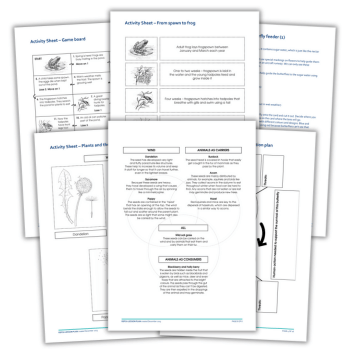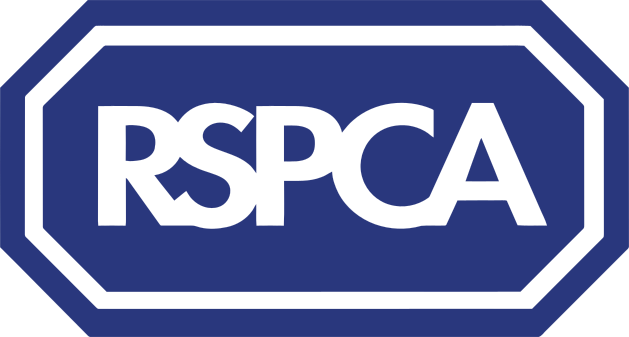PDF and Word doc versions of lesson plans
KS1, KS2
Years 1-6
Use these RSPCA lifecycle resources to learn all about the lifecycles of different animals.
Lifecycle resources
The lesson plans in this collection include:
- Starter activities
- Main activities
- Plenary activities
- Extension activities
- Curriculum objectives
- Image packs
- Learning outcomes
- Vocabulary
- Activity sheets
- Fact sheets
- Teachers’ notes
- Useful websites
Lesson 1 – the lifecycle of the common frog
Starter activity
- Prepare a small batch of ‘frogspawn’ by cutting a section of about 20 to 30 bubbles from a sheet of bubble wrap. Mark each bubble with a black dot using a permanent marker pen.
- Show the pupils this small section of bubble wrap. Can they guess the number of bubbles in that section? Explain that the bubble wrap is meant to be a batch of frogspawn.
- Show the images of the adult frog and frog spawn. How many eggs do they think one frog would lay in a pond?
- Hold up the full sheet of bubble wrap as an example of how many eggs one frog could lay in a pond. An adult frog can lay up to 4,000 eggs in one batch!
Lesson 2 – growth, babies and life spans
Starter activity
- Stick different adult and baby images on a board, flipchart or use an interactive whiteboard (see image collection Baby animals – Pets).
- Ask the pupils to match up the adult animals and the baby animals.
- Point out that some baby animals have special names – can the pupils read or guess the name of each baby animal?
- Which baby animals look like their parents?
- Which baby animals look different from their parents?
Lesson 3 – butterfly’s lifecycle and human activity
Starter activity
- Together, look at the included image of a large blue butterfly.
- Talk through the key stages of its life cycle (see teachers’ notes Large blue butterfly and factsheets Media report and Metamorphosis of the large blue butterfly).
- Ask pupils what they consider to be the vital factors in the success of the butterfly’s life cycle.
- Write suggestions on a flipchart/whiteboard and ask the pupils to vote for which they consider to be the most vital. The aim is to open up the discussion on the importance of all the factors rather than to rank them.
Lesson 4 – pollination and dispersal
Starter activity
- Look at the features of cut flowers.
- What would attract a bee to this flower?
- Look closely at the included image of a bee. What is the bee doing?
- Touch one of the flowers lightly with a dry paintbrush and then tap it on a piece of paper. This shows how it has picked up the pollen.
Find more great resources from the RSPCA at education.rspca.org.uk/education. Follow @RSPCA_official on Twitter.














